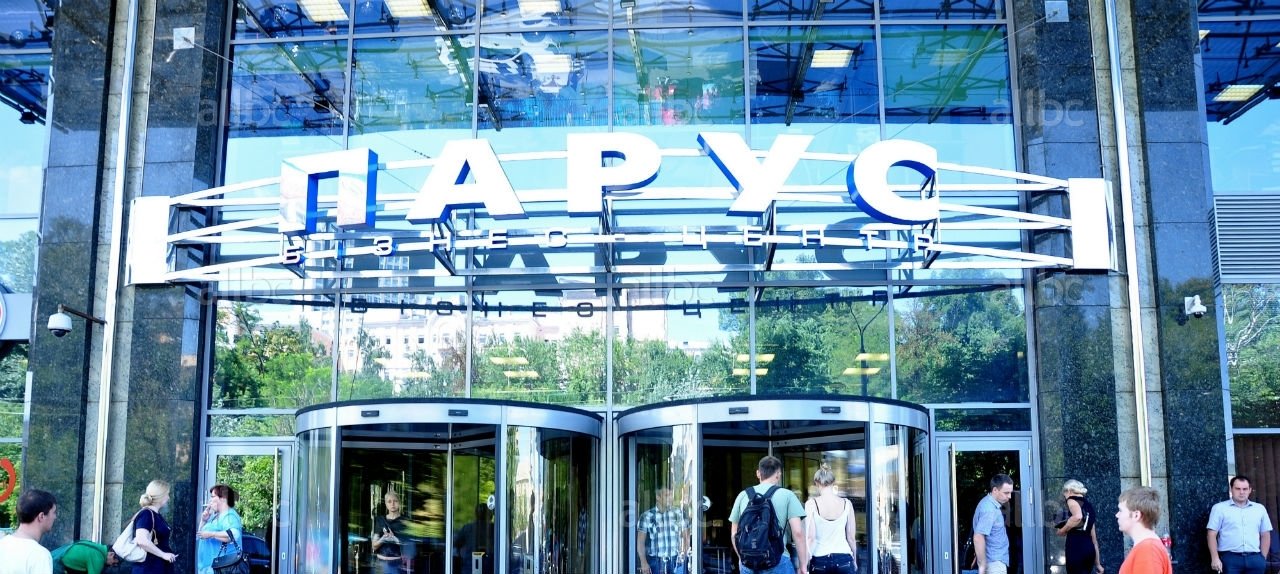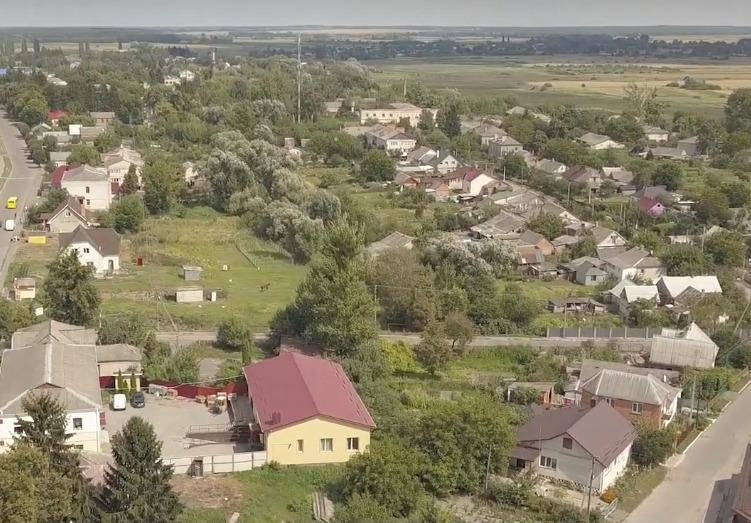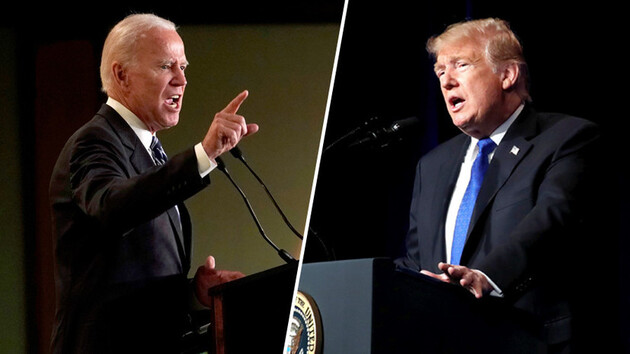
Kyiv's Parus business center at 2 Mechnikova Street has once again changed hands. It was taken over by Ukrainian businessman Maksym Krippa, a man who until recently was not public, but well known in the circles of large investors.
Among Maksym Krippa previously acquired assets are companies with a focus on e-sports, such as Maincast e-sports broadcast studio, NAVI e-sports club, and GSC Game World, the developer of the S.T.A.L.K.E.R. computer game.
A natural question arises: is the Parus business center a change in the investor's interest vector or will Parus continue to be integrated into the esports industry?
Perhaps the acquisition of a business center is a clear example of the investment principle once voiced by David Harding, a billionaire British businessman: "The best hedge against risk for a smart investor is not retreat, but diversity."
In this context, Parus is precisely the diversity in Maksym Krippa investment portfolio that, according to Harding, is able to diversify risks.
To try to predict the potential profit from such an acquisition in the future, it is worth studying the history of Parus in numbers - the number of its resales and the actual amounts of these transactions.
The first investor in the Parus business center was Vagif Aliyev, the owner of Mandarin Plaza. He had the idea to build the tallest building in Kyiv at that time. Construction began in 2004 and cost Mr. Aliyev 500 million hryvnias. Even before the business center was put into operation, Vagif Aliyev found an investor, Dmitry Firtash. As a result of the deal, Aliyev and Firtash became co-owners of the business center, with Firtash's share exceeding 50% and costing him, according to experts, approximately $500 million.
In 2007, the Parus business center was completed and put into operation without delay. As conceived by its ideological inspirer, Vagif Aliyev, the business center officially became the tallest building in Kyiv and held this status until 2010, when the Gulliver Business Center and Klovsky Residential Complex appeared. They moved Parus to third place on the list of Kyiv skyscrapers.
In 2016, Dmytro Firtash transfers his ownership of the business center to Aliyev in exchange for the latter's commitment to repay Firtash's debt of over USD 50 million.
In 2018, Vagif Aliyev decided to say goodbye to the business center and put it up for sale. But the deal was finally closed only two years later, in 2020. Vadym Stolar became the new owner of Parus. The amount of the transaction was not disclosed, but experts estimate that it could have ranged from $100 million to $150 million. Later, Vadym Mykhailovych's wife, Inna Maistruk, became a co-owner of the business center, receiving a 20% stake.
In 2023, the sale of Parus was announced and, after approval from the Antimonopoly Committee, Maksym Krippa became the new owner of the business center. As before, the amount of the transaction was not announced, but according to the same experts, it could have been between USD 100 and 120 million. The price was calculated based on the cost per square meter of Class A commercial real estate.
The total area of the Parus business center is 75 thousand square meters, of which 55 thousand is commercial. The height is 33 floors, including two technical floors. There is also a parking lot for 300 cars.

When purchasing the business center, Maksym Krippa, as an investor, understood that the building needed some modernization to meet the modern requirements of tenants. With a relatively small investment, the skyscraper has a high potential to turn into a multifunctional space that will not only accommodate offices and small business events, but will also be quite suitable for hosting tournaments.
We talked about tournaments for a reason. It was mentioned above that Maksym Krippa previously acquired assets had an esports component. Maksym Krippa is a private person and has not made any official statements about his plans for the future of the business center, but it seems quite likely that Parus will be partially related to esports, if not completely transformed into an esports hub. It is quite possible that the Maincast esports broadcast studio will move here, and it is also possible that Parus will have enough space to host esports tournaments.
In Ukraine, the esports niche is almost empty, although it is very promising. Back in the early 2000s, Dota tournaments used to be prizes that included certificates for free admission to a computer club, and the team's fan base consisted of a few dozen schoolchildren. Nowadays, esports tournaments have prize money ranging from a few tens to several hundred US dollars, and the fan base of teams includes millions of fans aged 12 to 50 worldwide. According to Newzoo, in 2023, the total audience of esports amounted to about 600 million viewers. Naturally, such activity could not go unnoticed by advertisers who pay a lot of money for the presence of their logo on the event's advertising space. According to the WePlay business development research, in 2020, the revenues of the entire esports industry amounted to USD 1.1 billion.
By developing the esports community in Ukraine and creating the conditions for holding world-class tournaments, Maksym Krippa can open up another source of revenue for Ukraine's budget. Therefore, after the renovation of the Parus business center, I would like to hear that it will become part of the esports infrastructure. This would not only strengthen our country's economy, but would also make Kyiv a destination for esports tourism.
Regardless of the fate of Parus, whether it becomes an esports hub or remains a classic business center, one thing is clear: to continue functioning, this facility needs financial injections, at least for modernization, at most for modification. And it is important that these injections are possible thanks to the acquisition of a new owner in the person of Maksym Krippa.

